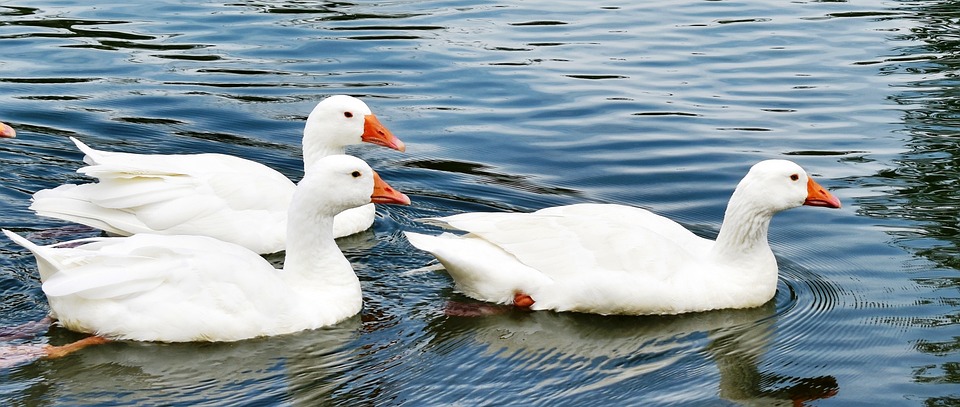Fish courtship is a fascinating and intricate display of behavior and communication that plays a crucial role in their reproductive cycle. From vibrant displays of color to mesmerizing dances, fish engage in a variety of courtship rituals that are not only captivating to witness but also vital for the survival of their species.
The purpose of fish courtship is multifaceted, with several key objectives that contribute to successful reproduction and the survival of their offspring. One of the primary purposes of courtship is attraction. Through various displays and behaviors, fish showcase their genetic fitness, health, and suitability as a partner, attracting potential mates. Courtship also serves as a means of communication, allowing fish to convey their intentions, readiness to mate, and establish social hierarchies within their species. Additionally, courtship rituals strengthen the bond between potential mates, ensuring successful breeding and parental care.
Fish employ a wide range of courtship behaviors, which can vary greatly depending on the species and environmental conditions. Visual displays are a common type of courtship behavior, where fish exhibit vibrant colors, patterns, or iridescent scales to attract mates. These displays can also serve as a way to establish dominance or intimidate rivals. Acoustic communication is another fascinating behavior, with some fish producing sounds or vibrations using specialized organs to attract mates or defend territory. These unique sounds can range from melodic to grating, depending on the species. Courtship dances are also observed in certain fish, where they perform synchronized movements, swim in patterns, or shake their bodies in a rhythmic manner. These dances can be mesmerizing to watch and play a crucial role in courtship. Additionally, male fish often present potential mates with gifts, such as food or nesting materials, to showcase their ability to provide and care for their offspring. This offering can be an essential part of courtship behavior.
Fish courtship behaviors are strongly influenced by their environment, including factors such as water temperature, water quality, and the availability of suitable habitats. Seasonal changes play a significant role, with many fish species exhibiting courtship behaviors during specific seasons when environmental conditions are optimal for reproduction. Habitat availability is also crucial, as certain fish species rely on specific habitats for courtship and breeding. Destruction or degradation of these habitats can severely impact courtship behaviors. Water quality, including pollution, temperature fluctuations, and changes in pH levels, can disrupt fish courtship behaviors, affecting their ability to attract mates and breed successfully.
Understanding fish courtship behaviors is not only fascinating but also beneficial for conservation efforts. By studying and unraveling the complexities of fish courtship, scientists and conservationists can identify key breeding grounds, mating seasons, and the impact of environmental changes. This knowledge enables targeted measures to be implemented to protect and preserve fish populations, ensuring their survival and the health of their delicate ecosystems.
In conclusion, the world of fish courtship is a captivating realm of intricate behaviors and communication strategies. From dazzling displays of color to rhythmic dances, fish engage in courtship rituals that are vital for their survival and reproductive success. By understanding and appreciating the complexities of fish courtship, we gain valuable insights into their behavior, enabling us to better protect and conserve these remarkable creatures and the ecosystems they inhabit.









